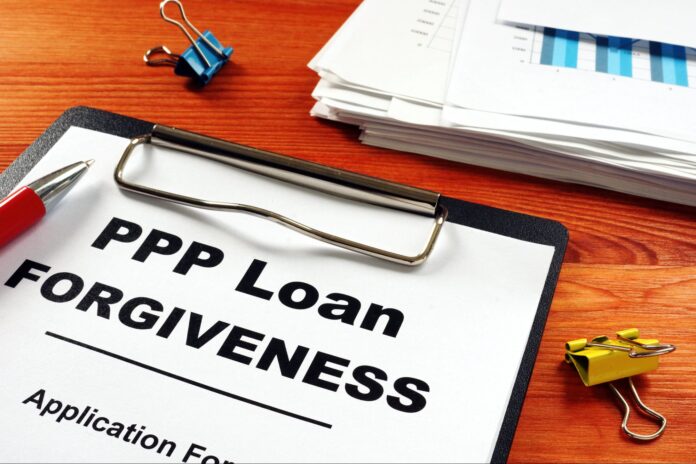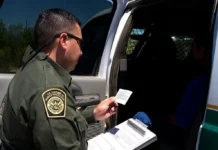Figuring out the intent of the Paycheck Protection Program or ppp loan forgiveness was easy; ensuring you get the maximum amount is difficult! The PPP is part and parcel of the “Coronavirus Ais, Relief and Economic Securities” or CARES Act.
This relief fund was created so that businesses could continue to pay their workforce even at the time of an economic downturn. There were two dedicated sets of loans, known as first and second draws.
Both are subject to forgiveness if the company has a consistent employee and wages count.
In order to apply for a loan, there is a plethora of required documents queuing up. This ensures that the process is hassle-free and you achieve optimal consideration. Although there are straightforward instructions, the suggestion here is to seek assistance from an accountant.
What’s PPL Loan Forgiveness Really About?
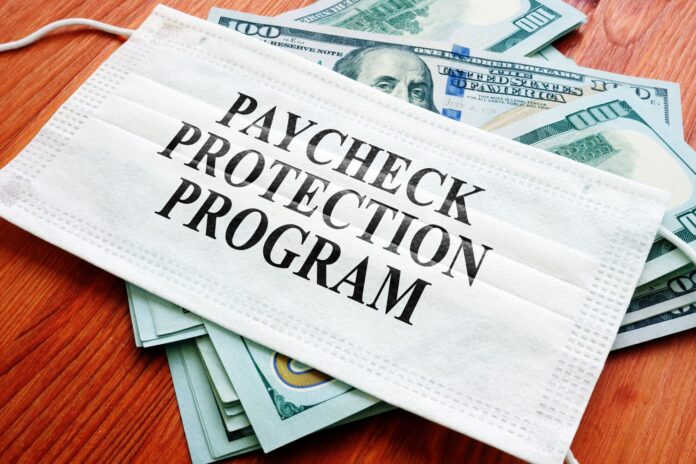
There was an introduction of loan forgiveness to mitigate the challenges of laying off workers in a business or cutting down their wages. It is a method to relieve the debtor of either a partial amount of their business loan for qualified expenses and payroll or entirely forgive it.
The prominence of gray areas and deductions within the laws have been taken into consideration while opting for ppp loan forgiveness. In layman’s terms, forgiven loans are considered a taxable debt income discharge.
A taxpayer might exclude the canceled amount of an eligible PPP loan from his overall income.
Unlike student loan forgiveness, the PPP is a wide arena. A borrower can ask for loan forgiveness once he has exhausted all loan proceeds and any time before the loan’s maturity date exceeds.
In case a borrower does not apply for the loan forgiveness within the next 10 months of the covered duration, PPP loan forgiveness will no longer defer.
In the CARES Act, two loan programs have been created. The first being the Paycheck Protection program, and the second is the Economic Injury Disaster Loan or EIDL. While we shall delve deeper into the differences between the two, there are other sections that need attention.
How Can One Apply For PPP Loan Forgiveness?
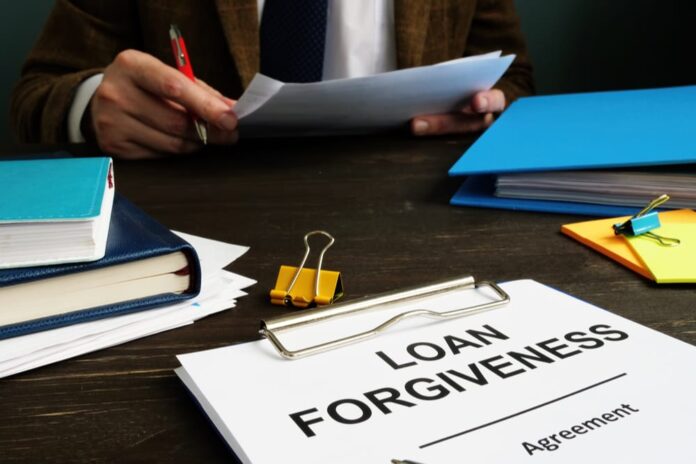
Applying for ppp loan forgiveness is not as complex as it sounds. Although, there are a number of steps that you have to go through, so check them out here:
Contacting the PPP Lender and Filling out the Form
First things first, ask your lender to provide any one of these forms: the SBA Form 3508, SBA Form 3508S, a lender equivalent, or SBA Form 3508EZ. When talking about the 3508S and 3508EZ are reduced versions of the borrower’s application meeting specific requirements.
Your lender might offer relevant guidance on how to complete the application further and submit it. But if you still face problems with the form fill-up, you can always count on Real Wealth Business.
Compile All Documentation Together
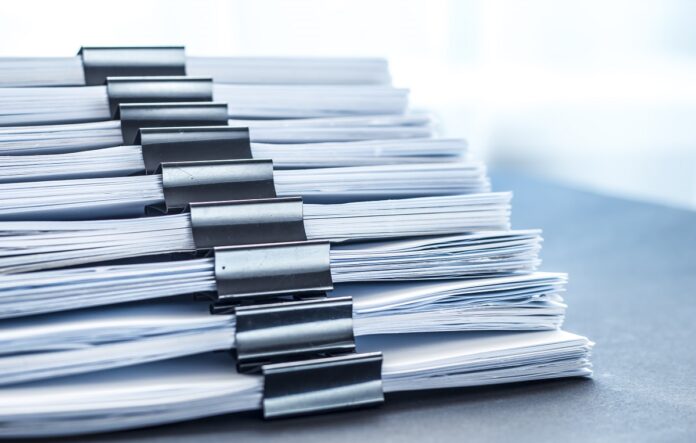
This one consists of both the payroll and non-payroll documents.
Under the payroll documents, you might need to submit the following:
- Your bank account statements or third-party payroll reports highlighting the amount of cash compensation each employee received.
- Tax forms for the duration overlapping with the Alternative Payroll Covered Period.
- Payroll tax fillings are either reported to the IRS or will be reported shortly.
- Canceled checks, account statements, or pay slips documenting the employer’s amount contribution to retirement plans and/or employee health insurance. The latter is usually found included by the borrower in his forgiveness amount.
Under non-payroll, the following documents will be needed:
- Interest payments of business mortgage wherein the lender’s amortization schedule copy is required for verifying payments.
- A copy of existing lease receipts and agreements, canceled checks, and everything that verifies eligible payments.
- Business utility and equivalent payment proof, including receipts, invoices, and canceled checks.
Submit the Documentation and Forgiveness Form to Your Lender
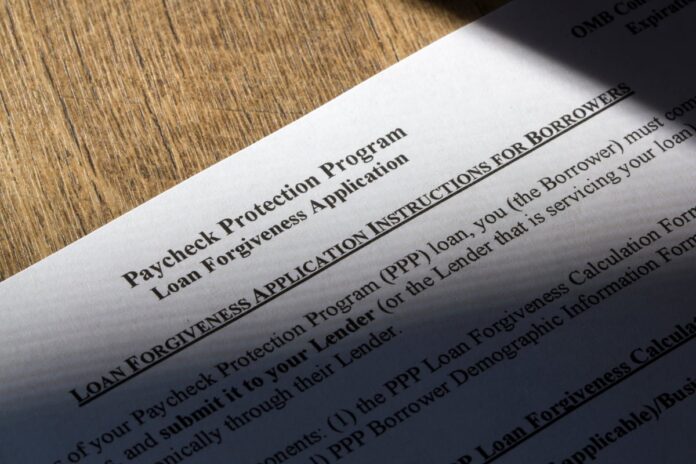
Much has been said about filing the form, but what’s next? The process remains pretty much the same as the sba ppp loan forgiveness, where you will have to submit all the documentation to your authorized PPP lender.
Don’t forget to follow up with him if there is a need to submit other documentation.
Keep Communicating With the Lender
The power of communication is often underestimated. But in case SBA undertakes your loan for review, you will get a notification from your Lender of the same.
You have all the rights to opt for certain SBA loan review-related decisions.
It is the duty of your lender to notify you without failing of the forgiveness amount owed by SBA. Also, don’t miss out on the date for your first due payment.
How Is EIDL Different From PPP?
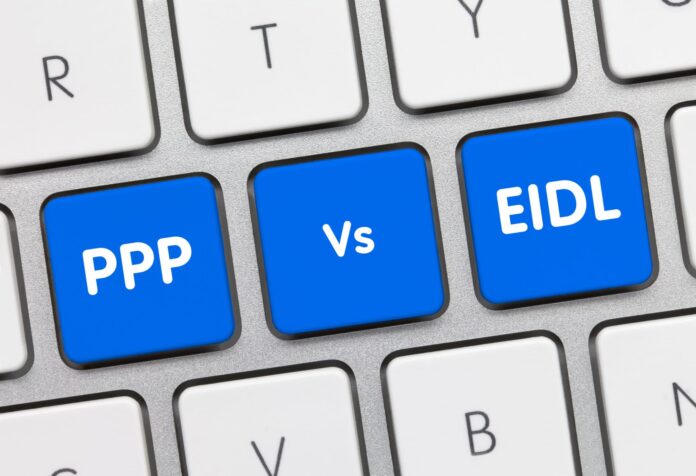
Remember when we talked about the two loan programs introduced under the CARES Act? That’s what we are going to talk about next!
| Criteria | PPP | EIDL |
| Who can apply? | Self-employed people, business firms, non-profit organizations, housing cooperatives, and independent contractors, to name a few. | Sole proprietorships, ESOPs, cooperatives, tribal businesses, independent and part-time contractors. |
| Areas Of Application | Rent, operating costs, utilities, payroll costs, damages caused by 2020 events and related costs, PPE expenditures, and Mortgage interests. | Usual operating expenditures such as utilities, rents as well as fixed debt payments, health care benefits, and working capital. |
| Loan Terms | 5 years | 30 years or above |
| Rate Of Interest | New and repeated PPP borrowers enjoy a 1% rate of interest. | Nonprofits indulge in 2.75% or 3.75% Interest rates. |
| Maximum Amount of Borrowing | Not exceeding 3.5x of the monthly payroll amount. | Upto $2 Million. |
| Employee Strength For Qualifying | ≤300. | ≤500. |
| Forgiveness | Forgiven if 60% or an equivalent of the loan has been used for payroll. | Although it is an unforgivable loan, certain businesses might qualify for grants that can be forgiven for up to $10,000. |
| Collateral | No collateral is needed. | It is required for loans exceeding $25,000. |
Faqs Related To Ppp Loan Forgiveness
It is obvious that you are perplexed by a lot of questions related to PPP, considering all the jargon used in this comprehensive guide. Here’s a brief attempt to answer most of them.
On a PPP Loan, How Long the Payments Are Deferred?
The payment deferral length absolutely depends on the borrower’s application for loan payment forgiveness.
In case the borrower asks for loan forgiveness, principal, fees, and payment of interest on the loan will be deferred until the forgiveness amount is remitted to the dedicated lender by SBA.
Secondly, in case the borrower does not apply for loan forgiveness within 10 months after the covered loan ends, payment deferral will get closed on the same date.
What Is the Concept of “Covered Period,” and How Is It Important?
The covered period is nothing but the timeframe used for calculating PPP loan forgiveness. The loan funds that are spent after incurring the costs at the end of the covered period cannot be eligible for loan forgiveness.
For any loan, the covered period commences on the same date the loan is disbursed by the lender.
How to Decide Whether PPP Loans Are Best for Your Business?
Here, you might want to consider the most pressing requirement of your business. Whether it is to meet payroll in a constrained budget or to keep your workforce on the payroll while also affording rent, operating costs, and utility bills.
In such cases, the PPP forgiveness loan might be your most befitting option.
Wrapping It Up
While the PPP forgiveness loan seems like a thorough process, it tends to provide compensation relief to employees. Don’t worry if you get stuck somewhere, you can find online support for a streamlined approach regarding loan forgiveness.

